Video surveillance in hospitals
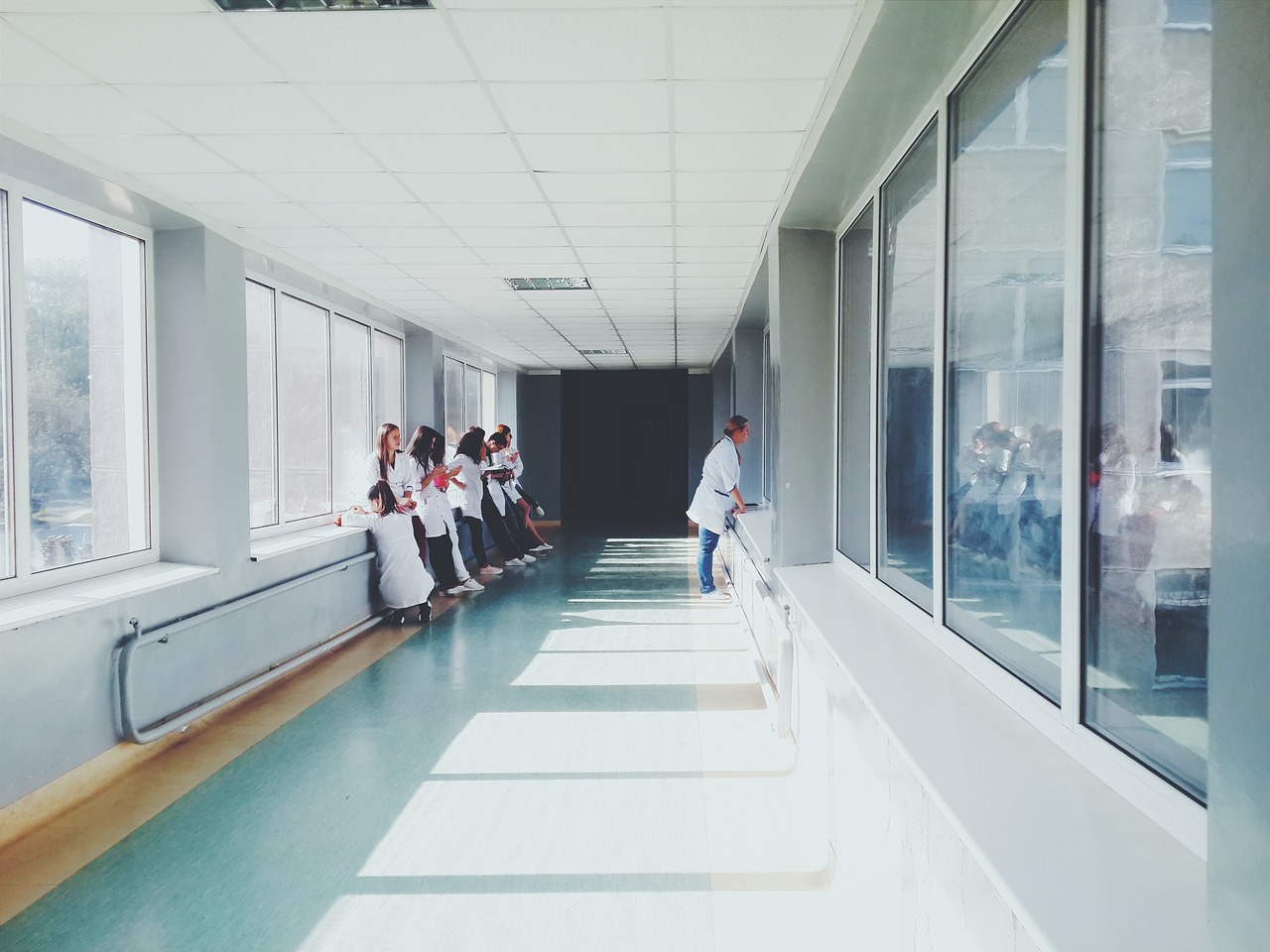
CCTV systems are designed to enhance security in public places, and video surveillance in hospitals is just necessary to ensure the safety of patients and staff, as well as to streamline the workflow of the whole complex.
Usually patients feel more comfortable and safe in a hospital, which is equipped with the video surveillance system. Moreover, when the staff is notified that security monitoring is being conducted, this contributes to more responsible performance of duties and rational time management.
Video recordings from cameras help make an independent assessment during the investigation of conflicts between patients and employees of a medical institution. In addition, when patients know that security monitoring is being conducted, they are more careful about the hospital’s property and rarely initiate conflicts.
Thus, video surveillance in the hospital allows to solve the following tasks:
All these and many other tasks can easily be implemented with the help of the program for video surveillance Xeoma. Modern video surveillance system reveals the following opportunities:
Individual for each camera settings of the storage period for video files in the archive (“View and archive” module’s settings).
The opportunity to set the start and end time of the recording for specific days of the week and time, using the “Schedule” module:
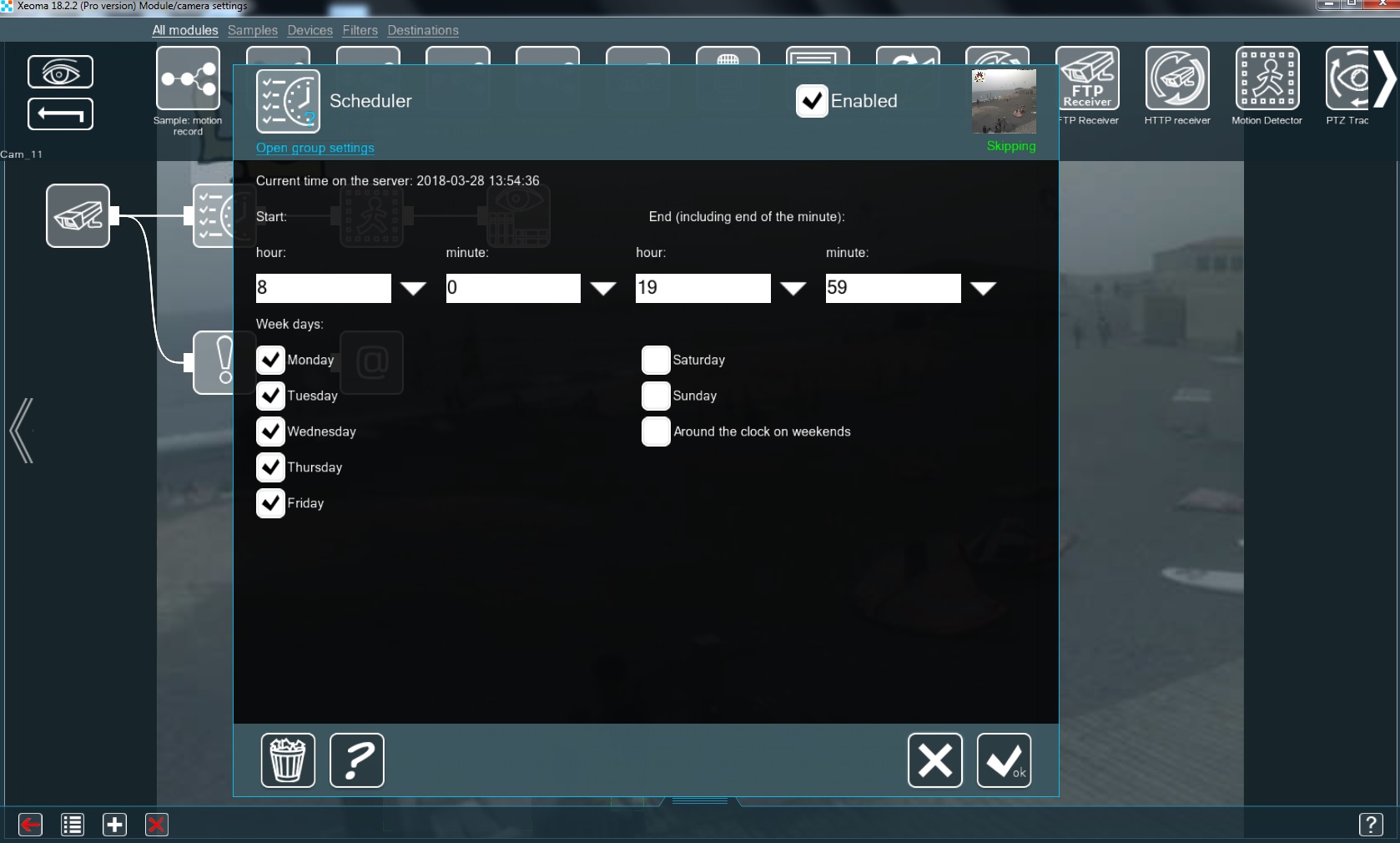
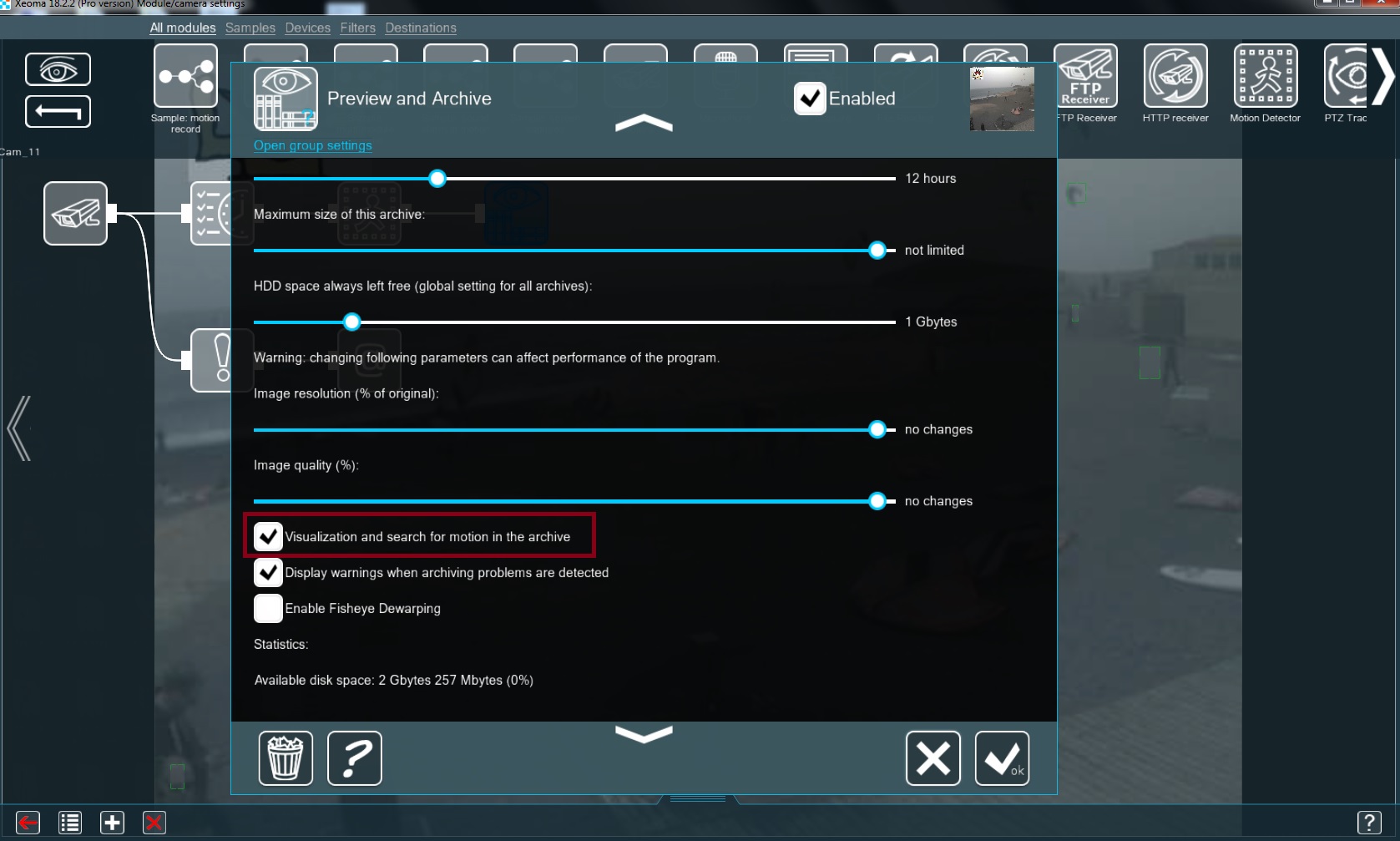
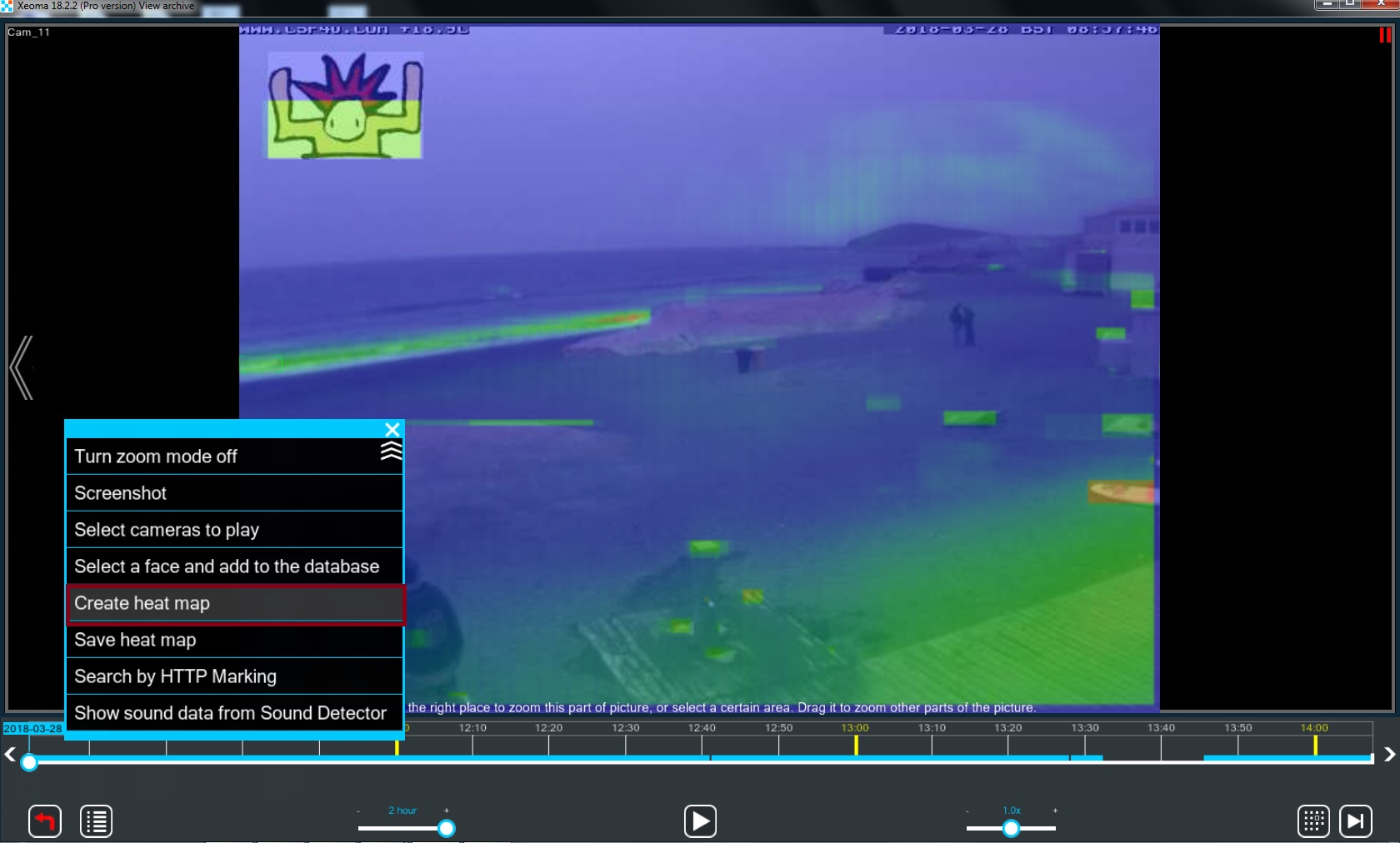
The Slip and Fall detector will become an indispensable helper in monitoring patients in hospitals: many patients are not allowed to get out of bed after a serious surgery or for other medical reasons due to the weakened body and the raised chances of fainting and falling. If an incident occurs, the Slip and Fall Detector will immediately notify the nurse or other responsible personnel, which will help to provide the patient with the necessary assistance and thus minimize the consequences of the incident.
The “Visitor’s counter” module helps reveal that there are lots of visitors in the ward. If you add the “Sound alarm” or “SMS” modules, you will receive notifications about emergency situations, which will allow to take timely measures.
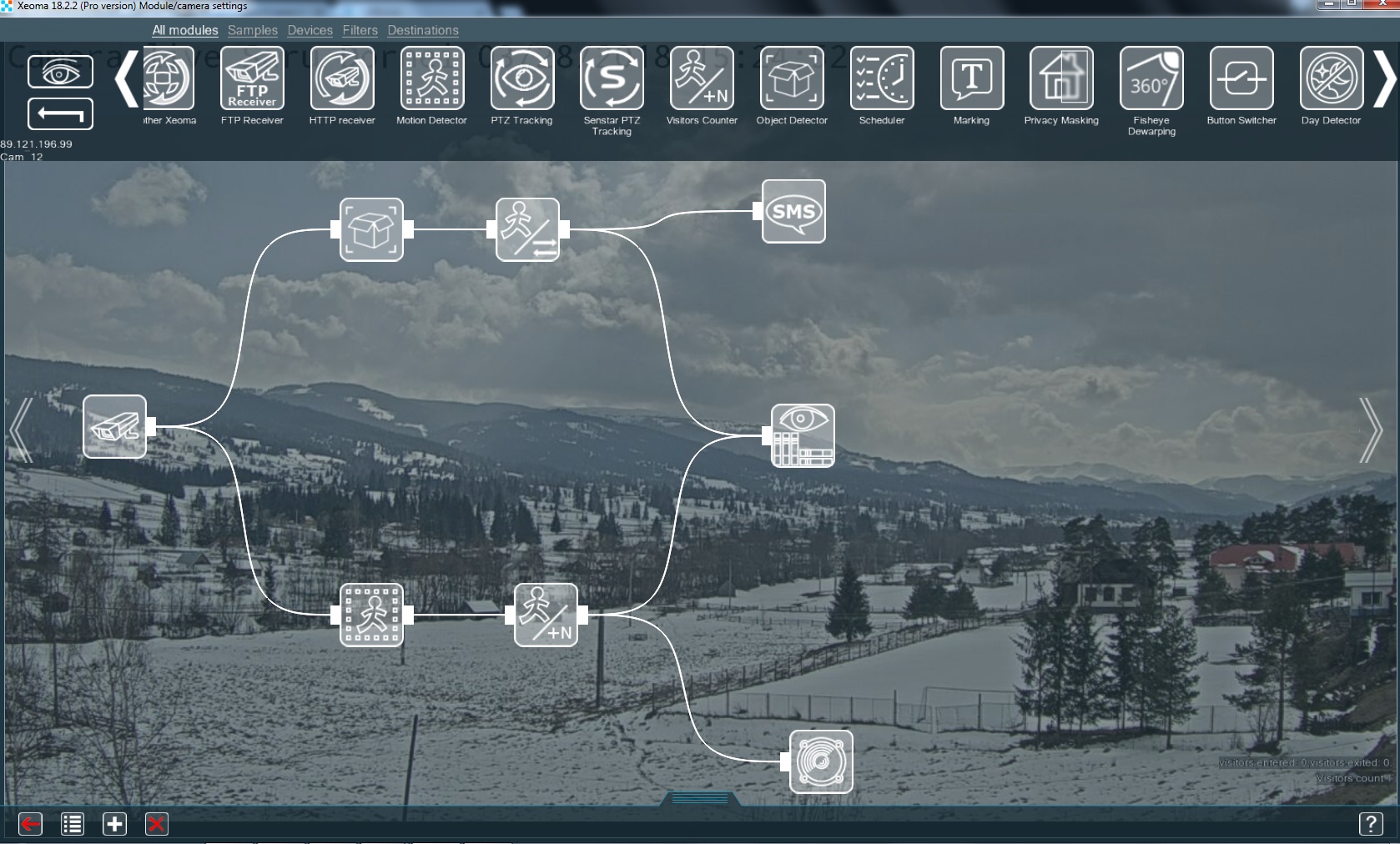
Thus, video surveillance in hospitals helps solve the most important security tasks:
With Xeoma video surveillance becomes the most effective, simple and convenient.

|
There are additional modules available for Xeoma Standard and Xeoma Pro licenses, such as “Face recognition (artificial intelligence)”, “Objects recognizer”, “Face ID”, “Search by photo”, “Emotions recognition”, “Smart card reader” and more.
More information in this article: Additional modules in Xeoma. |
April, 1 2018
Read also:
Additional modules
Manage time with Xeoma Scheduler
Visitors counter
Xeoma Client-Server Architecture